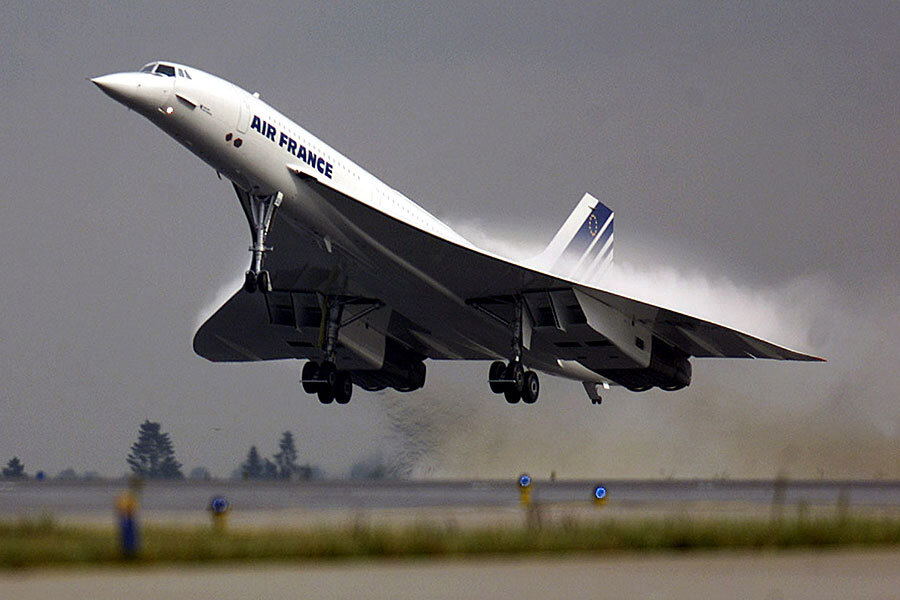The cost of nostalgia for Concorde aircraft fans? Nearly $200 million.
Loading...
Modern air travel can be a modern nightmare: nonexistent legroom, baggage fees, delays, security – it can all be a daunting experience relished by only true flying enthusiasts.
But some are still dreaming of a simpler time, when you could fly from New York to Paris in under four hours – for up to $12,000 a seat.
Ah, yes, the legendary Concorde. The supersonic aircraft with super-high costs. Don’t you miss it?
Club Concorde does. A fan group comprised of former pilots and frequent fliers, it has raised $186 million to bring the jet back to life, according to The Telegraph.
The organization plans to purchase two Concordes. The first would be placed above the River Thames by the London Eye as a tourist attraction. Visitors would be able to pay about $25 to tour the aircraft and dine in a restaurant with menu items originally served on the Concorde.
The second plane, after being restored and approved to fly again, would be used for air shows, corporate and special events, and private charter.
But not everyone has faith in Club Concorde to safely recommission their sacred aircraft.
"Concorde is an immensely complex supersonic aircraft and the Civil Aviation Authority in the UK will not entrust the safe upkeep of its airframe and systems to a group of enthusiasts, regardless of their passion, without this technical support in place,” aviation journalist David Kaminski-Morrow told CNN.
After buzzing the skies at twice the speed of sound for nearly three decades, the Concord was decommissioned in 2003 for a litany of problems plaguing the technological masterpiece.
But it did not die in vain. At the time, The Christian Science Monitor covered the decommissioning, and gave voice to those who suggest there is a lesson to be learned from the aircraft.
"[Concorde] represents in some ways an era that's passed us by," adds Mel Horwitch, director of the Institute for Technology and Enterprise and professor of management at Polytechnic University in New York. "It certainly represents a kind of vision. But ... we now evaluate and invest in technology with other kinds of concerns. We view big-government, macro projects with greater suspicion. The criteria are not just environmental, they're also economic, from the very beginning."
That article also outlined the problems that led to the Concorde’s demise.
First, cost. Upkeep was pricey for the Concorde, requiring an estimated 100 man hours of maintenance for every hour flown.
Second, cost. And air pollution. The Concord burned fuel like it was nobody’s business: three times as much per passenger as the wide body Boeing 747.
And the tragedy of Air France Flight 4590 can’t be understated. In 2000, while taking off from Charles de Gaulle Airport near Paris, a piece of debris on a runway caused a Concorde’s fuel tank to rupture, igniting the plane and killing all on board and four on the ground. It was a devastating accident that marred the Concorde’s image, despite being the only accident in its history.
Today, commercial airlines have expressed zero interest in bringing the Concorde back to market. Between maintenance and fuel costs, the aircraft just isn’t considered profitable.
In addition, climate change is more of a prevalent issue than ever. Reintroducing aviation’s dirtiest product in an industry that already relies on fossil fuels could be a recipe for PR disaster.







